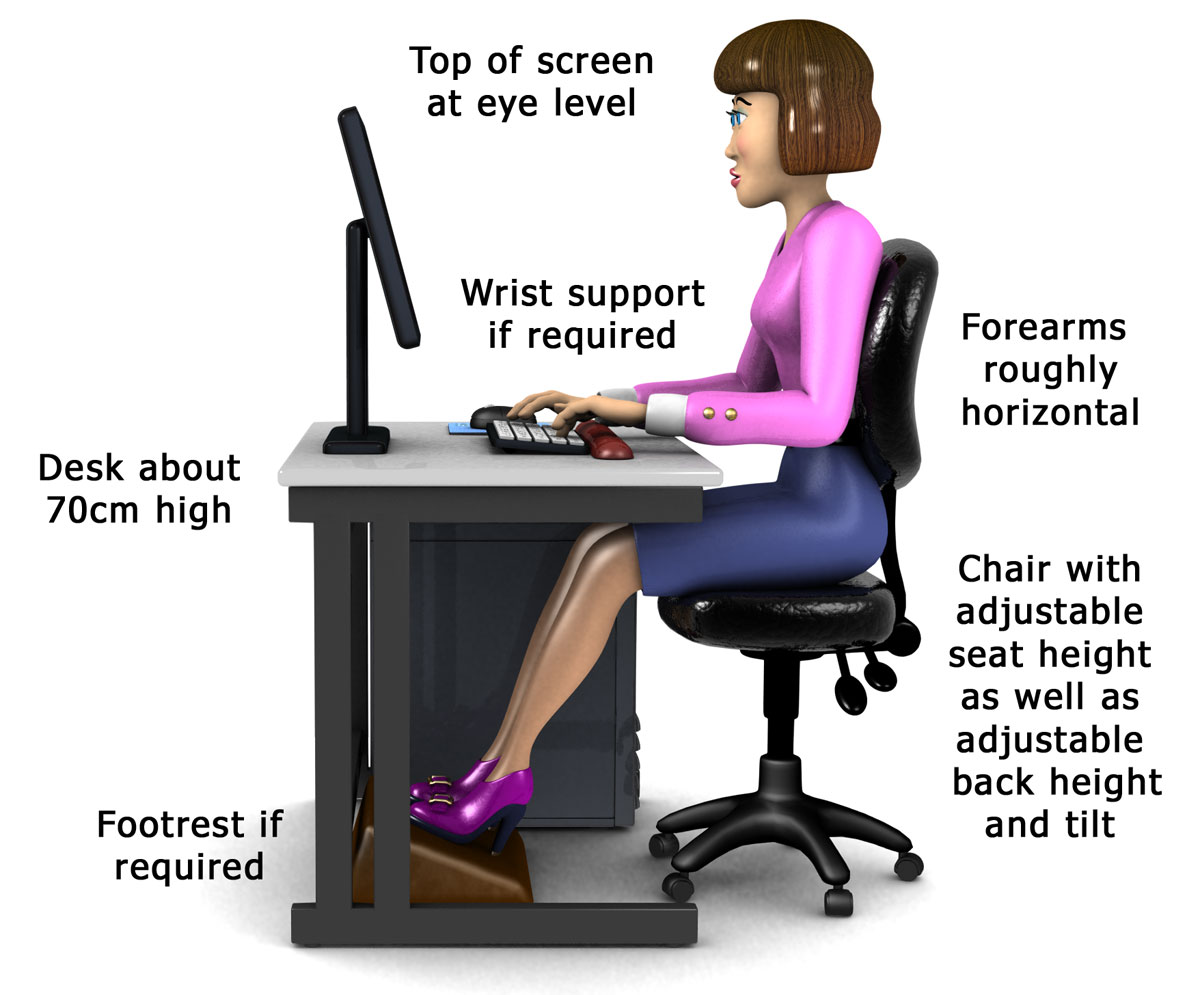World Hemophilia Day: Raising Awareness and Supporting the Hemophilia Community- World Hemophilia Day is a global event observed every year on April 17th, with the primary aim of raising awareness about hemophilia and other inherited bleeding disorders. Organized by the World Federation of Hemophilia (WFH), this day serves as a platform to highlight the challenges faced by individuals with hemophilia and encourage support for research, treatment, and education. With the global theme changing each year, World Hemophilia Day seeks to engage people across all sectors of society, from medical professionals to general public, to promote better understanding, support, and inclusivity for those affected by these life-long conditions.
Table of Contents
ToggleUnderstanding Hemophilia: What is It?
Hemophilia is a rare genetic disorder in which the blood does not clot properly. This occurs due to deficiencies in clotting factors, which are proteins needed for blood coagulation. As a result, individuals with hemophilia may experience spontaneous bleeding or prolonged bleeding after injuries, surgeries, or even minor cuts. The two most common types of hemophilia are Hemophilia A, which is caused by a deficiency of clotting factor VIII, and Hemophilia B, caused by a deficiency of clotting factor IX. The severity of hemophilia can range from mild to moderate to severe, depending on the amount of clotting factor present in the blood.
Hemophilia is usually inherited, with most cases being passed down through families in an X-linked recessive pattern. This means that it primarily affects males, though females can also be carriers of the gene. Women who are carriers may pass the gene on to their children, but they usually do not exhibit symptoms of the disorder. In some rare cases, a female can develop hemophilia if both X chromosomes carry the defective gene.
The symptoms of hemophilia include easy bruising, joint and muscle bleeds, prolonged bleeding after cuts or surgeries, and internal bleeding, particularly in the muscles, joints, and soft tissues. Without proper treatment, these symptoms can lead to serious complications, including long-term joint damage, internal organ damage, and in severe cases, death.
The Importance of World Hemophilia Day
World Hemophilia Day plays a crucial role in addressing the gaps in awareness and access to care for people with hemophilia worldwide. Despite advances in treatment, hemophilia remains a challenging condition, particularly in developing countries where access to adequate medical care, clotting factor replacement therapies, and specialized care may be limited. This event not only educates the public about the realities of living with hemophilia but also encourages the development of better treatments, more equitable healthcare systems, and stronger global networks of support for individuals and families affected by bleeding disorders.
One of the key focuses of World Hemophilia Day is to highlight the disparities in treatment and care around the world. In many parts of the world, access to the essential clotting factor therapy, which is critical for managing hemophilia, remains limited. The high cost of these treatments makes them inaccessible to many individuals in low-income countries. According to the World Federation of Hemophilia, around 75% of people with bleeding disorders in developing countries do not have access to proper treatment. This lack of access contributes to preventable suffering, disability, and death among those who are affected.
Another significant challenge is the lack of knowledge and understanding of hemophilia, both in the general population and among healthcare providers. As a result, many individuals with hemophilia are misdiagnosed or do not receive the care they need until serious complications develop. Through World Hemophilia Day, the WFH aims to raise awareness among healthcare professionals, ensuring better early diagnosis, better treatment practices, and better outcomes for individuals with hemophilia.
Promoting Inclusion and Understanding
In addition to promoting healthcare improvements, World Hemophilia Day also aims to reduce the stigma associated with hemophilia and other bleeding disorders. Because bleeding disorders are not widely understood, many individuals with hemophilia face social isolation and discrimination. The lack of awareness about the condition can lead to misconceptions, and people with hemophilia may be unfairly stigmatized as fragile or incapable. By sharing personal stories, engaging with communities, and showcasing the achievements of individuals with hemophilia, World Hemophilia Day helps to break down these barriers and create more inclusive societies.
Each year, the WFH encourages individuals and organizations worldwide to participate in campaigns and activities that raise awareness about hemophilia. These initiatives often include social media campaigns, fundraising events, educational seminars, and community outreach programs. The goal is to create a collective global voice that advocates for better access to treatment, more funding for research, and improved care for people with hemophilia, regardless of where they live.
Advances in Treatment and Research
Since the discovery of clotting factor concentrates in the 1960s, treatment for hemophilia has significantly improved, and many people with the condition can now lead relatively normal lives. The introduction of factor replacement therapy, which involves infusing clotting factors into the bloodstream, has dramatically reduced the frequency and severity of bleeding episodes. Advances in gene therapy are also showing promise as a potential cure for hemophilia. These groundbreaking treatments are paving the way for more effective management of the disease and improving the quality of life for many individuals.
However, while significant progress has been made, challenges remain. New treatments are often costly, and there are concerns about the long-term sustainability and affordability of these therapies. World Hemophilia Day serves as a reminder that there is still much to be done to ensure that every person with hemophilia, regardless of their location or financial situation, has access to the care and support they need.
In Summary
World Hemophilia Day is not just a day for raising awareness; it is a call to action. It encourages everyone to take part in advocating for improved care, more research, and greater understanding of hemophilia. By working together, we can ensure that people living with hemophilia receive the treatment, support, and respect they deserve. With greater awareness and collaboration, we can move closer to a world where hemophilia is no longer a source of suffering and discrimination but a condition that is well-managed and understood. The fight for better care continues, and World Hemophilia Day serves as a crucial milestone in this ongoing journey.
Tulsi’s Healing Compounds: Phenols, Flavonoids, and Their Benefits | Maya




